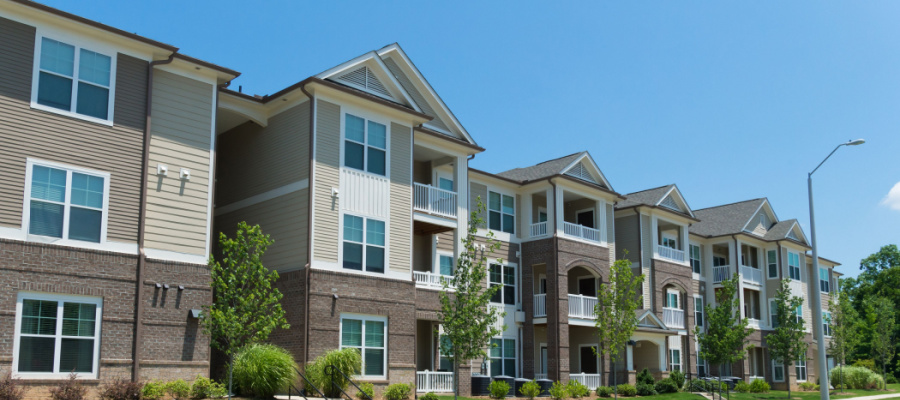BC’s new 10 year plan for people with disabilities disappoints. We can do better.
On June 16 the Premier announced BC’s new 10 year plan, “Accessibility 2014: Making BC the Most Progressive Province in Canada for People with Disabilities by 2024.” The plan is the result of the provincial government’s Disability White Paper Consultation earlier this year.
While many participants had a healthy amount of skepticism before, during and after the consultation process, at first glance, the plan has some positive aspects. It is based around 12 key “building blocks” that, at least judging by their headings, appear to target the right issues we need to address in order to support people with disabilities to enable them to participate in their communities. These include income supports, housing, financial security and the accessibility of services. The plan also commits to increase the amount of accessible public housing (likely by retrofitting existing housing, not by building new public housing), improve accessibility requirements in the building code, and provide some funding for assistive technologies.
That being said, after a closer look, there are some glaring omissions from the plan:
- Housing affordability is not mentioned, despite the fact that the Disability White Paper Consultation Report highlighted it as a key concern from those that provided feedback in the government’s own consultation process.
- There are no goals targeted to people with mental health disabilities. In fact, there is no mention of mental illness in the plan despite the significant feedback the government received about the specific needs of this group, particularly with respect to housing security, difficulty navigating available services and the inadequacy of available services.
Aside from stark omissions, there are serious problems with the issues that are covered in the plan. For example, under Income Supports, the province commits to “consider disability assistance rate increases as the fiscal situation allows” at some point before 2024. Given the inadequacy of current disability assistance rates ($906 per month for a single person, an amount that hasn’t increased since 2007), raising the rates is a priority and we cannot wait until “the fiscal situation allows.” We certainly can’t wait until 2024!
It’s also disappointing that BC chooses to measure its success on a number of issues in ways that simply will not reflect meaningful change:
- The plan intends to measure progress on income supports by comparing BC’s disability assistance rates to those in other provinces. This totally fails to reflect the actual costs of living, or any other rationalized method to setting the rates so that people with disabilities can live with dignity.
- The plan intends to measure “Financial Security” by the per capita uptake of the Registered Disability Savings Plan, a federal savings plan that, in practice, is only available for a sub-set of people with certain kinds of disabilities and at certain ages. Generally, the plan is of little benefit for people with mental illness or people who experience the onset of disability later in their lives.
After several months of extensive community consultation, the plan is disappointing, particularly if these are the government’s commitments for the next decade.
In order for BC to become the most progressive province in Canada for people with disabilities, we need to aim much higher and come up with a comprehensive plan to address the key barriers and poverty that many people with all kinds of disabilities face in their daily lives. We also need to track the success of the plan with meaningful and effective measures. We can do better.
Topics: Housing & homelessness, Poverty, inequality & welfare


